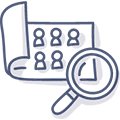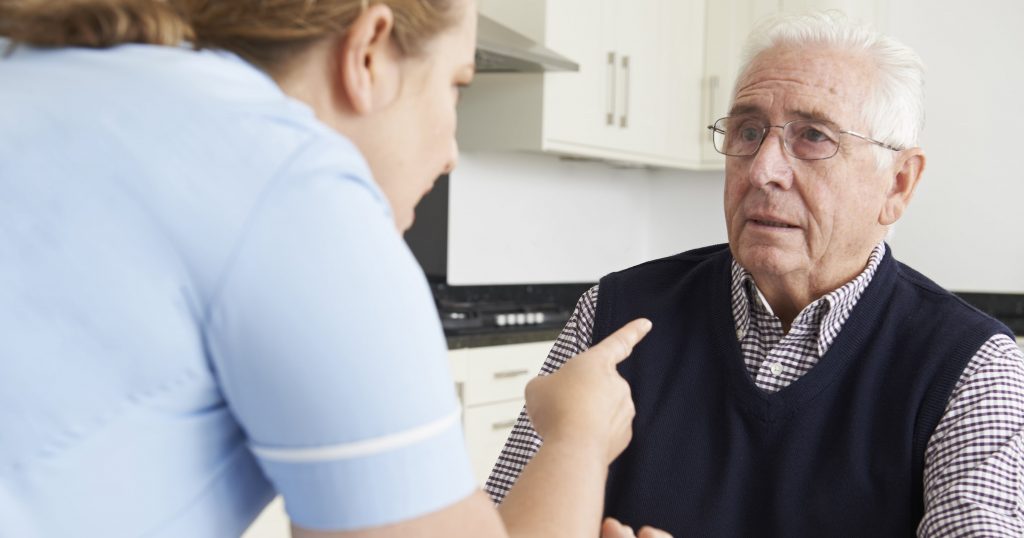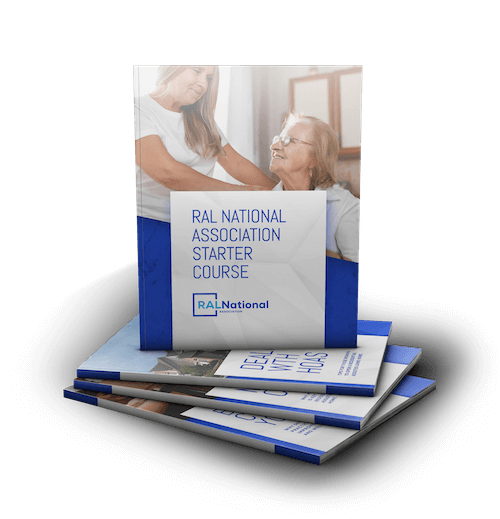Senior Abuse Happens No Matter The Person’s Sex, Race, Religion, or Ethnic Background.
In a world that thinks ‘can domestic violence charges be dropped‘, every form of abuse has to be addressed. Thousands of adults over the age of 60 are abused, neglected, or financially exploited. This is called senior abuse. Dedicated residential assisted living staff can help deter elder abuse in a smaller home, along with domestic abuse lawyers based in Los Angeles area, who can take care of all abuse-related legal issues. But in case, you are falsely charged with domestic violence, you can contact a reliable domestic violence defense lawyer, who will protect your rights and represent you legally. This is another reason why residential assisted living homes are growing at a rapid rate, in comparison with the large, hospital-like institutions.
Family members can also assist by visiting regularly, being attentive to behavioral patterns, and following up with changing health conditions. It is important to ensure that financial obligations for the resident are taken care of. Regularly communicating with all of your residents is important. However, seniors can also take their own action with the help of lawyers for probate to avoid becoming victims of abuse. Each residential assisted living facility should have proper policies and procedures in place if any abuse occurs.
There are many types of senior abuse that adult children and seniors should be made aware of prior to making decisions about senior housing. Make sure that you read more about them.
7 TYPES OF SENIOR ABUSE
1. Physical Abuse
The use of physical force that may result in bodily injury, physical pain, or impairment to residents. This can include any of the following:
- Unexplained signs of injury, such as bruises, welts, or scars.
- Broken bones, sprains, or dislocations.
- A report of drug overdose or an apparent failure to take medication regularly.
- Broken eyeglasses or frames.
- Signs of being restrained, such as marks on wrists.
- A caregiver’s refusal to allow you to see the elder alone.
2. Sexual Abuse
Non-consensual sexual contact of any kind with a resident. Examples of physical signs of sexual abuse are as follows:
- Bruises around the breasts or genitals
- Unexplained vaginal or anal bleeding, and
- Torn, stained, or bloody underclothing
3. Emotional Abuse
Administering pain and anguish causing high levels of anxiety through verbal and non-verbal communication. The following examples provide signs to look for in emotional abuse:
- Threatening, belittling, or controlling caregiver behavior, and
- Behavior from the elder that mimics dementia, such as rocking, sucking, or mumbling to themselves.
4. Financial Profiteering
Unlawful and wrongful use of a resident’s funds, property, or assets. Also, ensure residents are not divulging financial information over the phone or online. Financial abuse looks like the following:
- Significant withdrawals
- Sudden changes in financial condition
- Cash missing from the senior’s income or home
- Suspicious changes in wills, power of attorney, titles, and policies
- Addition of names to the senior’s signature card
- Financial activity the senior couldn’t have undertaken, such as an ATM withdrawal when the account holder is bedridden
- Unnecessary services, goods, or subscriptions
5. Neglect
Failure to fulfill any part of a person’s obligations or duties to a resident.
- Unusual weight loss, malnutrition or dehydration
- Untreated physical problems, such as bed sores
- Unsanitary living conditions
- Being left dirty or unbathed
- Unsuitable clothing or covering for the weather
- Unsafe living conditions
- Desertion of an elder at a public place
6. Abandonment
Disregard of a resident by a staff member. The following are examples of abandonment:
- Appears confused, lost, or frightened
- A person looking frail, malnourished or dehydrated
- Appearing lonely or depressed
- Having poor hygiene
7. Health-neglect
Threatening the health of the resident or safety while responsible for their care. Examples of health neglect are as follows:
- Duplicate billings for the same medical service or device
- Evidence of over-medication or under-medication
- Evidence of inadequate care when bills are paid in full
- Problems with the care facility
WHAT YOU NEED TO KNOW
When older people lose the ability to care for themselves, it requires a network of people collaborating to provide the level of attention and care they need. When considering the elderly, it is important to be able to recognize the early signs of elder abuse. There are often many staff members and medical professionals working with seniors, which can cause the signs to be missed. Sometimes, there is not enough outside involvement, and seniors go unnoticed in the homes of their adult children. Proper training for individuals who come into contact with seniors is important. Noticing signs of abuse during the early stages is critical to stopping the action.
SYMPTOMS VS. SIGNS OF ABUSE
Senior abuse takes on many different forms often making it hard to initially identify. Learning the warning signs can help everyone be better prepared to keep seniors safe. Common warning signs of senior abuse are sudden changes that can affect their mental, physical, or financial well-being. Signs may vary depending on what type of senior abuse is affecting the victim. Numerous symptoms of senior abuse overlap appearing to be symptoms of dementia or other mental health problems.
Signs and symptoms need to be taken seriously. Each resident will respond differently. Staff members need to be sensitive to the presence of certain physical and behavioral signs. Some seniors will make genuine complaints, others suffering from various forms of dementia cannot always be taken at face value. There are common responses to being a victim of abuse or neglect for seniors and it is important for assisted living staff to know them. When taking the measure of a resident’s behavior, understanding the history of the behavior is extremely important. Deciding whether a clear behavior change has taken place, during the time frame in question and timeline of the behavioral occurrences, is key to identifying abuse and neglect. Proper assessment and diagnosis can mean the difference between neglect and getting help. Medical professionals who are being accused of abuse or negligence may hire a medical license defense attorney especially if they’re worried about losing their license.
12 Signs of Abuse
- Trouble Sleeping
- Depression or Confusion
- Sudden Loss of Weight
- Displaying Signs of Trauma
- Displays Violent Nature
- Not Interested In Communicating
- Abrupt Stop In Participation of Activities
- Unexplained And Unreported Bruises, Burns, or Scars
- Dirty Hair or Clothing
- Develops Bed Sores
- No Oral or Dental Care
- Complaints From Seniors
YOU HAVE AN OBLIGATION
Knowing how to identify abuse and how to report it can be critical to stopping it and getting that person the care needed. Understanding the necessary procedures on how to report abuse is critical. Contact the National Domestic Hotline at 1-800-799-7233 when you are concerned about senior abuse. When any senior experiences gaslighting, anyone witnessing it should report such activity. Gaslighting is when your emotions, words, and experiences are twisted and used against you, causing you to question your reality. This can be a very effective form of senior abuse.
RAL NATIONAL ASSOCIATION IS INCREASING QUALITY CARE FOR SENIORS
The Residential Assisted Living National Association is advancing the industry with information that best serves the needs of providing quality care for seniors. Contact www.RALNA.com to learn more about topics ranging from legislation, innovative products, unique services, marketing resources, employee retention tips and so much more. RALNA is the final stop for senior abuse.
If you found the information on this article valuable, you’ll find enormous benefits by becoming a member of our community. Visit this page to become a RALNA Member.











